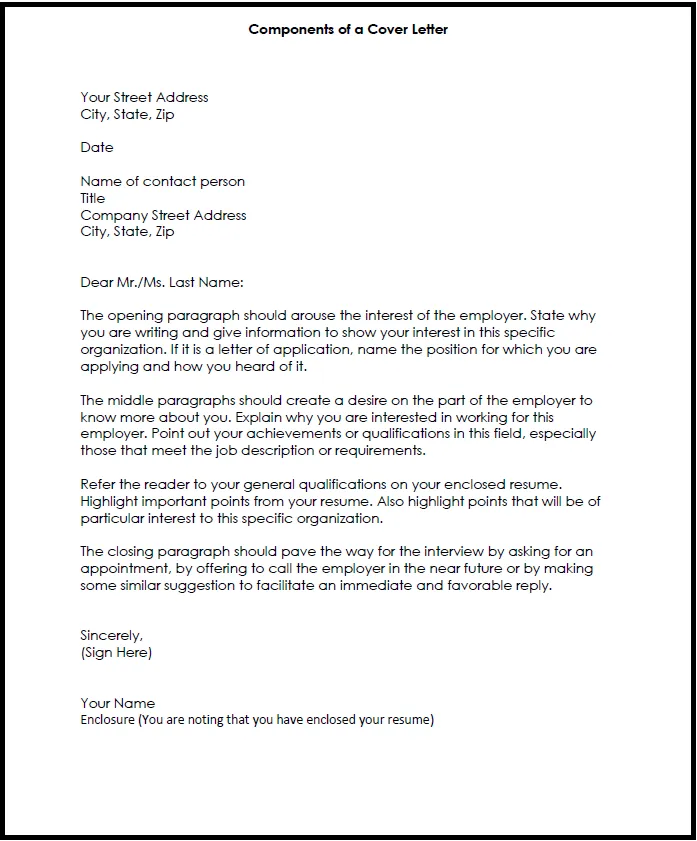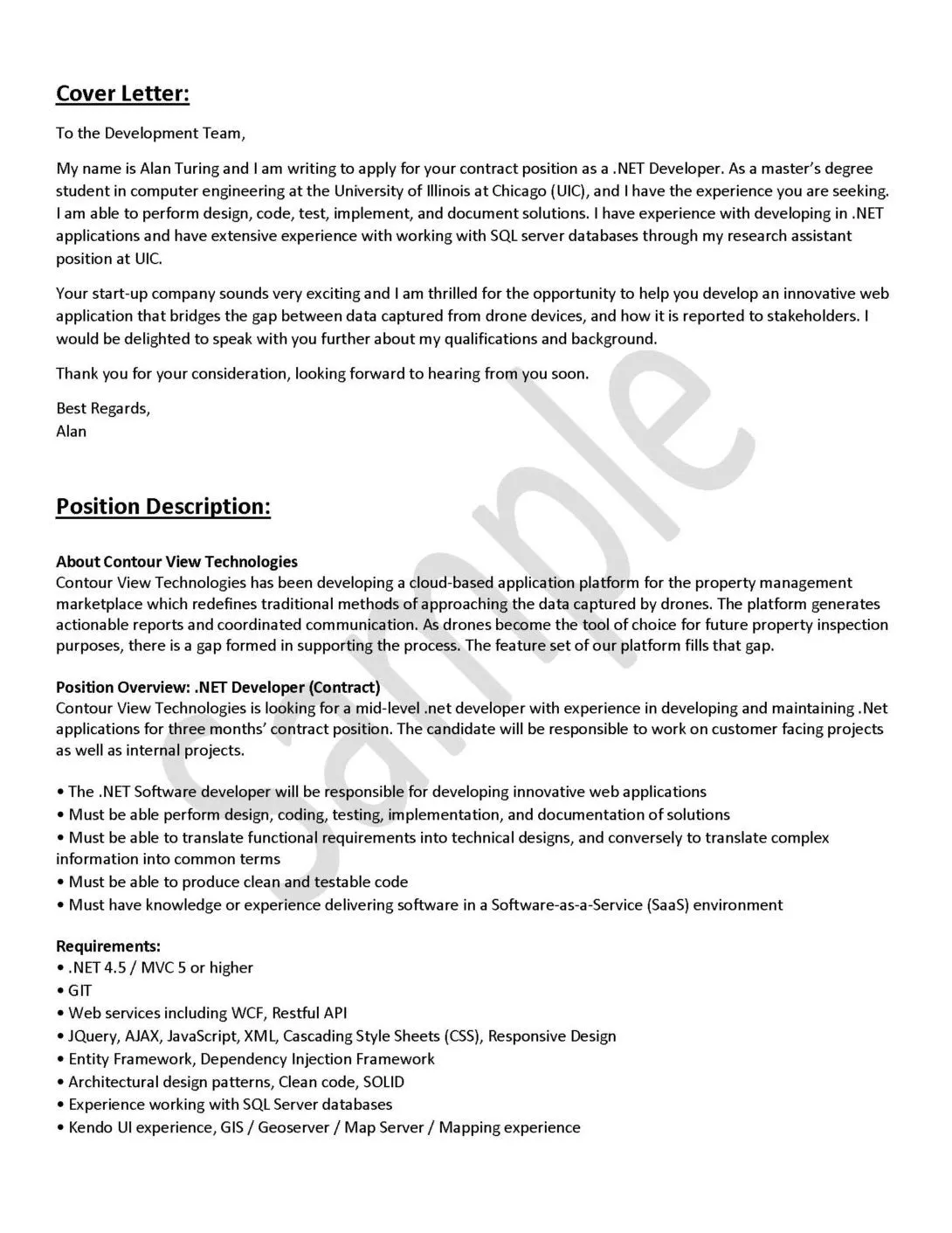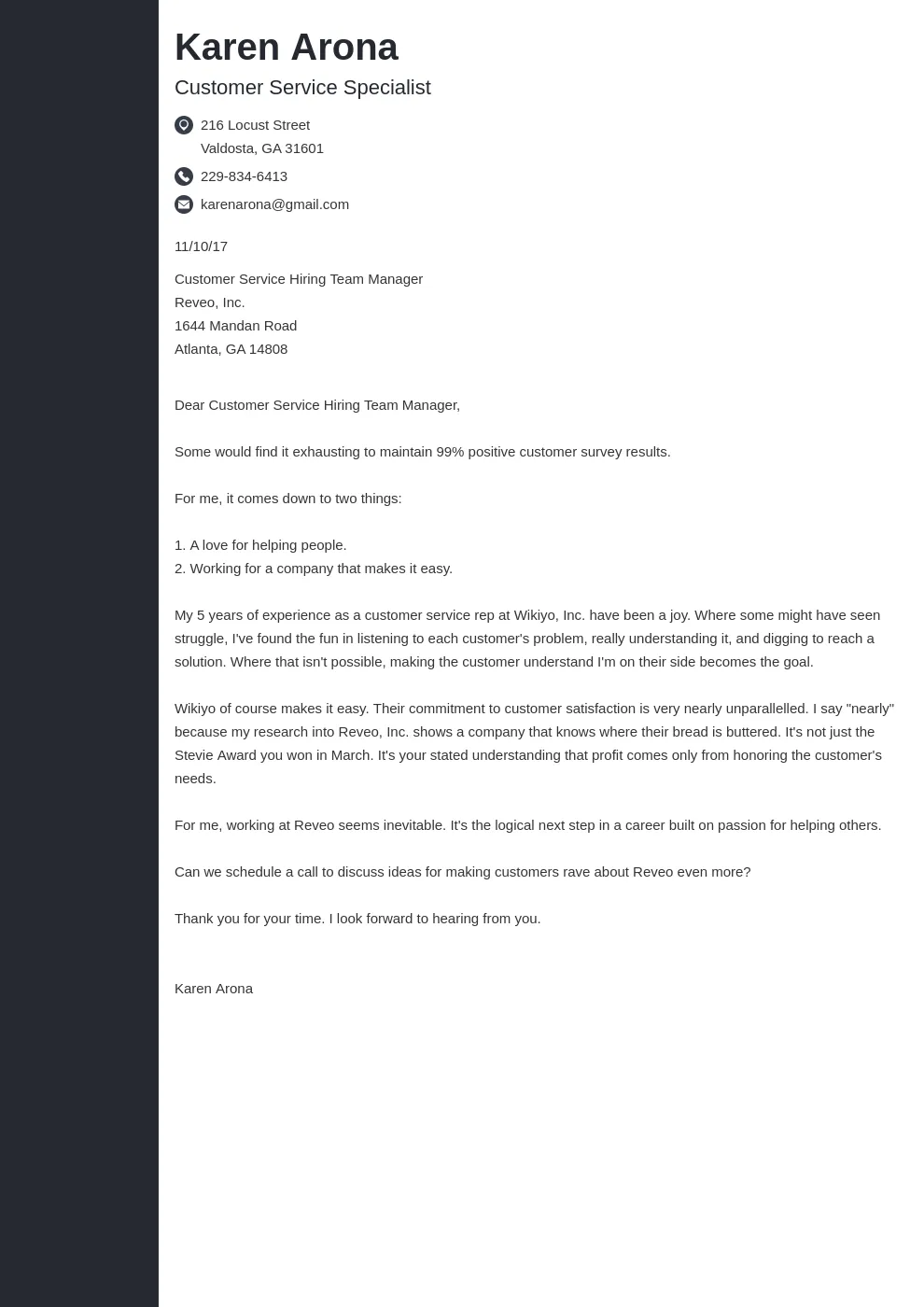Understanding the Importance of Addressing Your Cover Letter
Addressing your cover letter correctly is more than just a formality it’s a crucial first step in making a positive impression on potential employers. In a world where applications are often scanned by automated systems, the human touch, beginning with the salutation, can set you apart. A well-addressed cover letter demonstrates that you’ve taken the time to research the company and the specific job role, showcasing your genuine interest. It shows that you’re attentive to detail and possess strong communication skills. These qualities are highly valued by recruiters and hiring managers, as they indicate your professionalism and dedication to the application process. Failing to address your cover letter properly can lead to your application being overlooked or dismissed before even being read, so it’s essential to get it right.
Researching the Hiring Manager or Recruiter
The most effective way to address your cover letter is to identify the hiring manager or the recruiter responsible for the position you are applying for. This personal touch immediately grabs their attention and shows that you are proactive and interested in the role. To find this information, start by reviewing the job posting carefully. Often, the name of the hiring manager or a contact person is mentioned in the details. If it’s not explicitly stated, explore the company’s website, focusing on the ‘About Us’ or ‘Careers’ sections. You can also search on professional networking sites like LinkedIn. Look for individuals with titles such as ‘Hiring Manager,’ ‘Recruiter,’ or ‘HR Specialist’ associated with the company and the specific role. If you have a contact within the company, they might be able to provide you with the name and title of the appropriate person. Taking the initiative to research the right person demonstrates your attention to detail and your genuine interest in the position.
Finding the Right Contact Information

Once you’ve identified the hiring manager or recruiter, make sure you have the correct contact information. This includes their full name and professional title. Double-check spellings and titles to avoid any errors that could reflect negatively on your attention to detail. You can usually find this information on LinkedIn, the company website, or the job posting itself. If you are unsure, a quick search engine query using the person’s name and company name can often confirm their details. It is also good practice to check the date that the job posting was released, to check if the person you are targeting is still in the role. Accurate contact information is vital to ensuring your cover letter reflects your professionalism. It tells the recruiter that you have done your homework, which may influence their decision.
What to Do When You Can’t Find a Specific Name
There are instances when the specific name of the hiring manager or recruiter is unavailable. In such cases, you can still craft a professional cover letter. Begin by using general salutations such as ‘Dear Hiring Manager,’ ‘Dear [Department] Team,’ or ‘Dear [Job Title]’. These alternatives maintain professionalism and avoid the impersonal feel of a generic greeting. While these options aren’t as effective as addressing a specific person, they’re better than not addressing the letter at all. When using ‘Dear Hiring Manager,’ try to personalize your letter further by mentioning the specific job role or the department you are applying to. This signals to the reader that your cover letter isn’t a generic template and is tailored for their position. This approach maintains professionalism and keeps your application relevant.
The Benefits of a Personalized Cover Letter
A personalized cover letter, one that specifically addresses the hiring manager or recruiter, offers significant advantages. It demonstrates respect for the recipient and enhances the chances that your application will be thoroughly reviewed. By addressing the letter to a specific person, you show that you’ve taken the initiative to research the company and understand the role. A personalized cover letter makes you seem less like an applicant and more like a potential colleague. It allows you to showcase your genuine interest in the position, which in turn can help create a stronger connection with the reader. Furthermore, a personalized cover letter sets you apart from other applicants who might have used a generic greeting. This differentiation can be instrumental in making a positive first impression and securing an interview.
Common Addressing Mistakes to Avoid

Several common mistakes can undermine your cover letter’s effectiveness. The most significant is using the wrong name or misspelling the recipient’s name. Always double-check the spelling and verify the person’s correct title before sending. Another mistake is using outdated information, such as addressing the cover letter to a previous hiring manager. Research the current structure and the hiring manager to prevent this. Avoid vague salutations like ‘To Whom It May Concern,’ which can give the impression that you haven’t made any effort to personalize your letter. Also, refrain from overly casual language or informal greetings. Maintain a professional tone throughout the letter. Proofread your cover letter thoroughly for any grammatical errors or typos, as these can damage your credibility. Finally, don’t over-personalize or provide too much personal information that isn’t relevant to the job.
Alternative Salutations and When to Use Them
When a specific name is unavailable, several alternative salutations can maintain a professional tone. ‘Dear Hiring Manager’ is a common and acceptable option. ‘Dear [Department] Team’ is suitable for roles where collaboration is central. You can also use ‘Dear [Job Title],’ particularly if you know the title of the person in charge of hiring. For less formal roles or companies with a more relaxed culture, you might consider ‘Dear [First Name],’ after some research indicates a less formal culture. Be mindful, however, that this can backfire if the company culture is more traditional. Always research the company’s culture and adapt your salutation accordingly. The choice of salutation sets the tone for the rest of your letter, and it can significantly impact how the recipient perceives your application.
Using Professional Titles Correctly
Accurate use of professional titles is essential for demonstrating your attention to detail and respect for the recipient. Always include the recipient’s professional title, such as ‘Dr.,’ ‘Mr.,’ ‘Ms.,’ or ‘Mrs.,’ before their name, if applicable. If the person has a professional designation like ‘Ph.D.’ or ‘Esq.,’ include it to show your recognition of their credentials. Double-check the title’s accuracy by researching the person’s profile on LinkedIn or the company’s website. If you’re unsure, it’s often best to err on the side of formality and use the most common and appropriate title. Using the correct title shows your professional etiquette and ensures that you make a favorable first impression. Failing to use the correct title can be perceived as a lack of respect or attention to detail, which may undermine your application.
Formatting the Address and Salutation

The formatting of the address and salutation in your cover letter is important for readability and professionalism. Place the recipient’s name and title, followed by the company’s address, at the top left-hand corner of the letter. This allows for easy identification and establishes your communication’s credibility. After the address, skip a line and then write the salutation, such as ‘Dear Mr. Smith.’ Ensure the salutation is aligned to the left. Use a formal tone and a clear, readable font throughout the letter. Avoid using overly decorative fonts. After the salutation, leave a space before the body of your letter. This format presents your cover letter in an organized and visually appealing way. Proper formatting indicates your professionalism and helps the hiring manager quickly grasp the essential details.
Reviewing and Proofreading Your Cover Letter
Before submitting your cover letter, thorough review and proofreading are crucial. Check for any grammatical errors, typos, and formatting issues. Make sure the recipient’s name, title, and contact information are correct. Review your cover letter for clarity, conciseness, and relevance to the job requirements. Ensure that the tone is appropriate for the company and the role you are applying for. Have a trusted friend or colleague review your cover letter. A fresh pair of eyes can often catch mistakes that you might have missed. Proofreading helps ensure that your cover letter presents you as a polished and professional candidate, and it prevents any errors that may hurt your chances. Take the time to review your cover letter to maximize your application.
In conclusion, addressing your cover letter correctly demonstrates professionalism and attention to detail. By researching the hiring manager or recruiter, using appropriate salutations, and maintaining a professional tone, you significantly increase your chances of making a positive impression and securing an interview. Remember to always proofread your cover letter meticulously before submission. Good luck with your job search!
